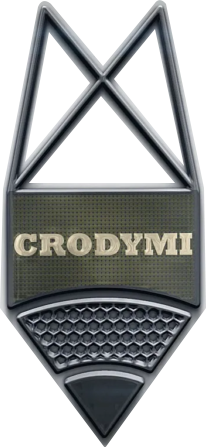- Julijana Cvetkovska
- February 13, 2025
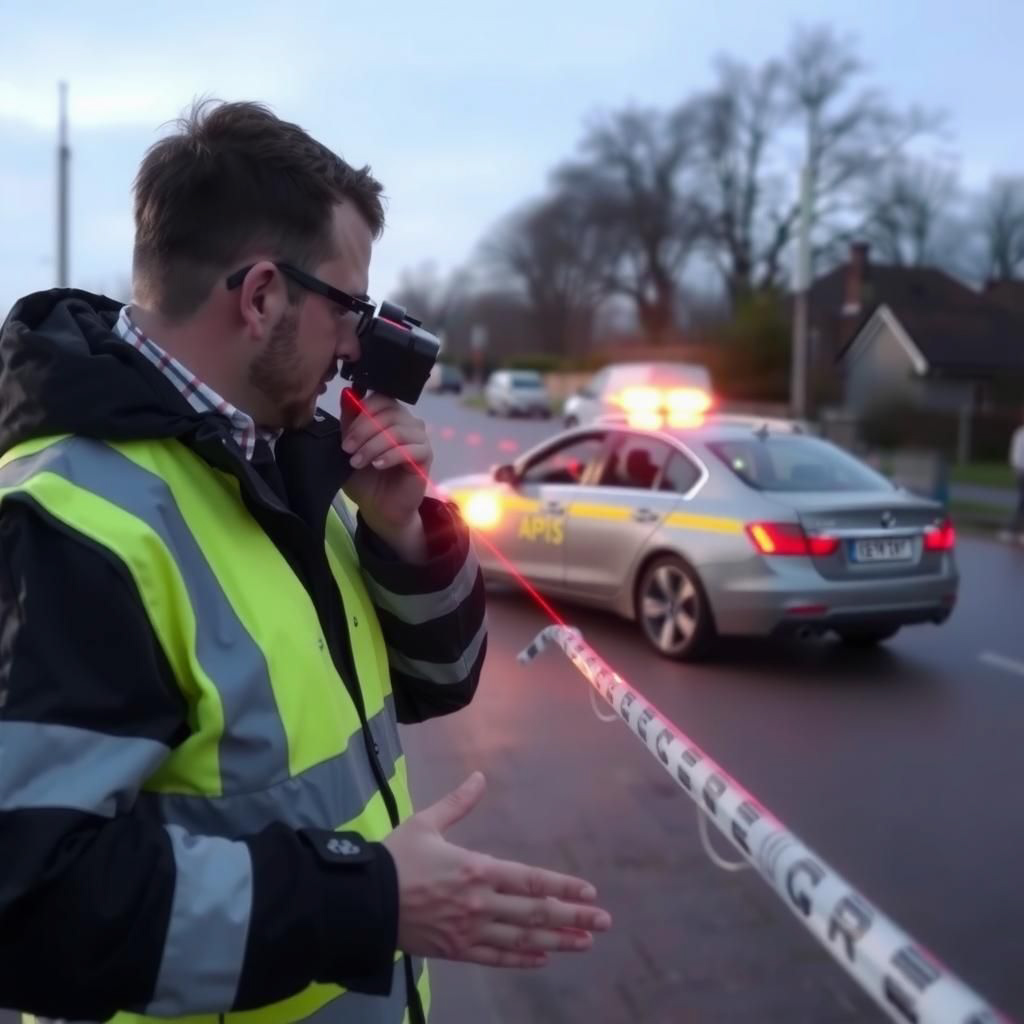
Imagine a courtroom where a jury watches a crisp, animated reconstruction of a collision. Skid marks materialize on a digital road, vehicles pivot with physics-perfect
accuracy, and the sequence of events unfolds like a documentary. This isn’t Hollywood magic—it’s accident scene mapping, a tool that’s quietly revolutionizing how we
understand crashes.
In 2025, over 60% of legal teams in high-stakes accident cases now rely on forensic mapping to present evidence. Why? Because when human memory fades and
conflicting testimonies muddy the waters, precise data speaks louder than words.
What Is Accident Scene Mapping?
Accident scene mapping is the process of creating detailed, scaled diagrams or animations of crash scenes using tools like laser rangefinders, 3D scanners, and CAD
software. It transforms chaotic debris fields into structured, court-ready evidence.
Take the Laser Tech TruPulse 200X®, for example. This handheld device measures distances with ±1.6-inch accuracy and angles within ±0.1 degrees. Paired with software
like QuickMap 3D®, investigators can plot hundreds of data points—tire marks, vehicle positions, road gradients—in minutes. The result? A digital replica of the scene that
withstands even the toughest cross-examinations.
Why Accident Scene Mapping Matters
Accident reconstruction reports are forensic blueprints. They combine physics, engineering, and data analytics to
answer one question: What really happened? But like any complex document, their value hinges on expert
interpretation.
- Clarity in Chaos: After a crash, every detail matters. A bent guardrail, a skid mark’s curvature, or the angle of a dent can determine liability. Traditional methods—tape
measures, chalk outlines—are prone to human error. Laser mapping erases guesswork. - Courtroom Credibility: Judges and juries aren’t engineers. A 2D diagram or 3D animation simplifies complex physics into visuals anyone can grasp. As one attorney put it,
“A well-mapped scene doesn’t just tell the story—it proves it”. - Safety Improvements: Beyond litigation, these maps help traffic engineers redesign dangerous intersections. By analyzing collision patterns, cities reduce accidents by up
to 30%.
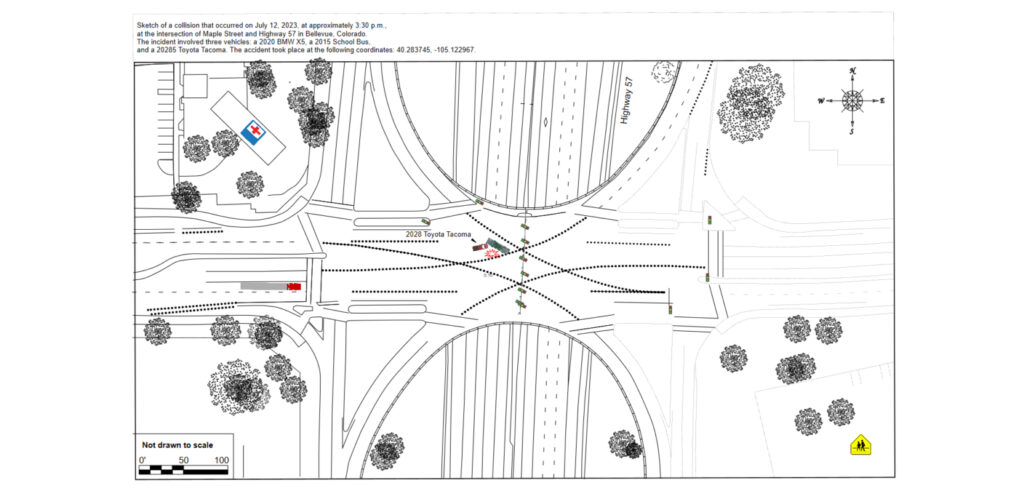
Tools of the Trade: From Lasers to AI
Modern forensic teams blend hardware and software:
- Laser Scanners: Devices like the TruSpeed SXb® capture thousands of data points wirelessly, even in rain or low light.
- CAD Software: Programs like FARO® Zone 2D turn raw data into courtroom-ready diagrams.
- AI Enhancements: Algorithms predict vehicle trajectories, reducing reconstruction time by 50%.
But here’s the catch: Tools mean nothing without expertise. I’ve seen cases where a misaligned laser skewed liability by 20%. Training matters.
Case Study: The Intersection That Couldn’t Lie
In 2024, a fatal collision at a rural crossroads hinged on a single question: Who ran the stop sign? Witnesses disagreed. Security cameras were offline.
The investigation team used Laser Tech’s QuickMap 3D® to map tire marks and vehicle angles. The data revealed one driver had braked 15 feet past the stop line—a detail
invisible to the naked eye. The case settled in hours.
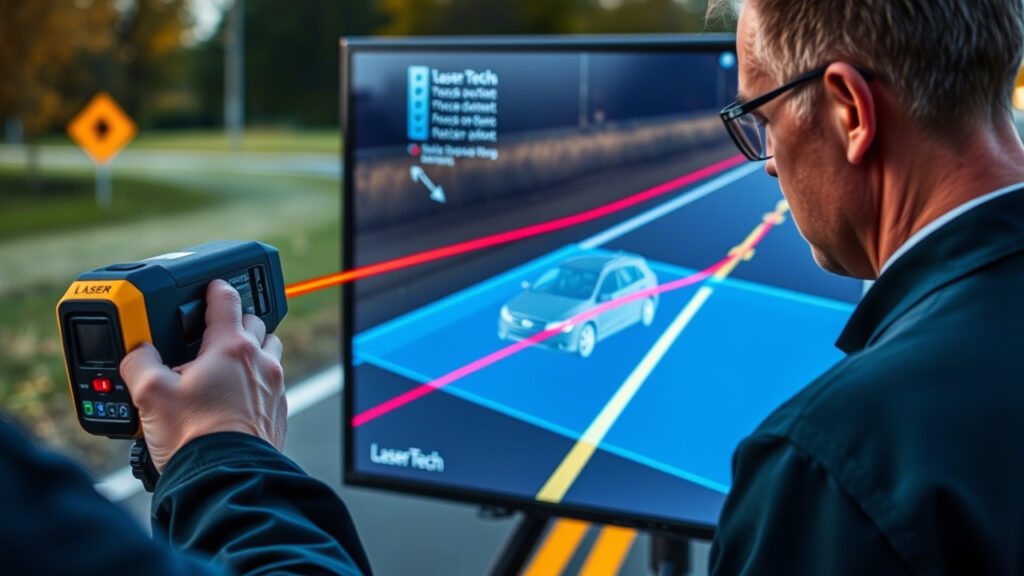
Choosing the Right Service: Three Rules
- Precision Over Hype: Fancy drones and 3D scanners aren’t always better. For most crashes, a laser-based system like Laser Tech’s offers the best balance of speed
and accuracy. - Transparency: Demand raw data access. If a provider won’t share measurement logs, walk away.
- Affordability: Advanced tools shouldn’t break the bank.
Ready to transform your accident investigations? Consider partnering with Crodymi, a trusted leader in forensic mapping since 2006. Their innovative approach—combining
advanced laser technology with proven forensic expertise—ensures every detail is captured with precision. Explore Crodymi’s Solutions .
The Future: Simplicity Meets Innovation
Ironically, the next frontier in accident mapping isn’t more complexity—it’s simplicity. Tools like Laser Tech’s TruPoint 300® now let officers generate basic maps in 5
minutes. Yet, behind that simplicity lies millimeter-perfect data.
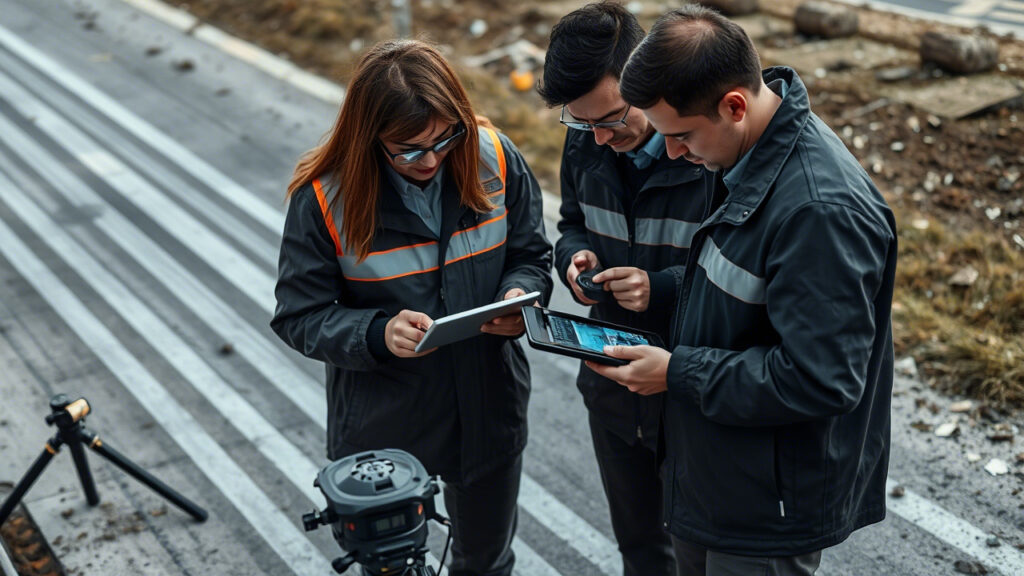
Final Thoughts
Accident scene mapping isn’t just about dots on a grid. It’s about justice—for victims, drivers, and cities striving for safer roads. Whether you’re an investigator, attorney, or
safety officer, embracing this technology isn’t optional; it’s essential.
As algorithms grow smarter and lasers sharper, one truth remains: The best tool is still a trained human mind. Pair that with the right tech, and you’ve got a silent witness
that never lies.
Elevate your investigations with Crodymi’s forensic mapping expertise. Their state-of-the-art tools and insightful methodologies help turn complex crash scenes into
compelling, court-ready evidence. Discover Crodymi’s Forensic Mapping Solutions .
